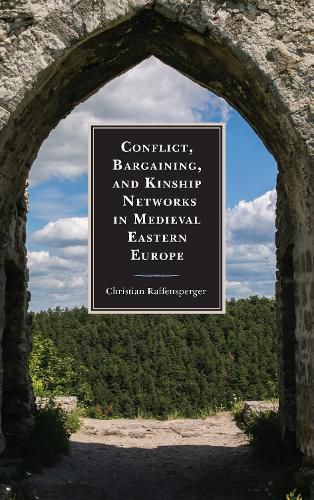Readings Newsletter
Become a Readings Member to make your shopping experience even easier.
Sign in or sign up for free!
You’re not far away from qualifying for FREE standard shipping within Australia
You’ve qualified for FREE standard shipping within Australia
The cart is loading…






Conflict, Bargaining, and Kinship Networks in Medieval Eastern Europe takes the familiar view of Eastern Europe, families, and conflicts and stands it on its head. Instead of a world rife with civil war and killing, this book presents a relatively structured environment where conflict is engaged in for the purposes of advancing one’s position, and where death among the royal families is relatively rare. At the heart of this analysis is the use of situational kinship networks-relationships created by elites for the purposes of engaging in conflict with their own kin, but only for the duration of a particular conflict. A new image of medieval Eastern Europe, less consumed by civil war and mass death, will change the perception of medieval Eastern Europe in the minds of readers. This new perception is essential to not only present the past more accurately, but also to allow for medieval Eastern Europe’s integration into the larger medieval world as something other than an aberrant other.
$9.00 standard shipping within Australia
FREE standard shipping within Australia for orders over $100.00
Express & International shipping calculated at checkout
Conflict, Bargaining, and Kinship Networks in Medieval Eastern Europe takes the familiar view of Eastern Europe, families, and conflicts and stands it on its head. Instead of a world rife with civil war and killing, this book presents a relatively structured environment where conflict is engaged in for the purposes of advancing one’s position, and where death among the royal families is relatively rare. At the heart of this analysis is the use of situational kinship networks-relationships created by elites for the purposes of engaging in conflict with their own kin, but only for the duration of a particular conflict. A new image of medieval Eastern Europe, less consumed by civil war and mass death, will change the perception of medieval Eastern Europe in the minds of readers. This new perception is essential to not only present the past more accurately, but also to allow for medieval Eastern Europe’s integration into the larger medieval world as something other than an aberrant other.